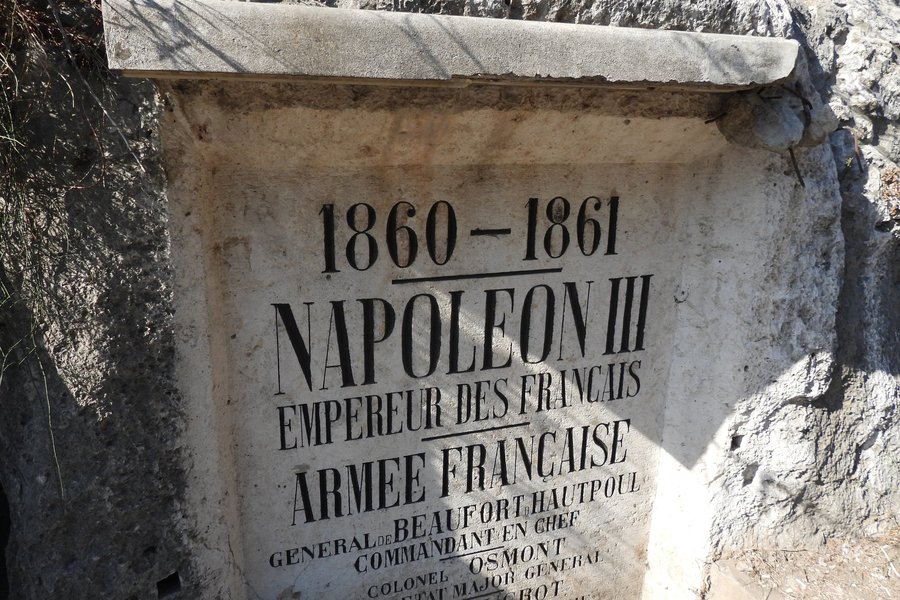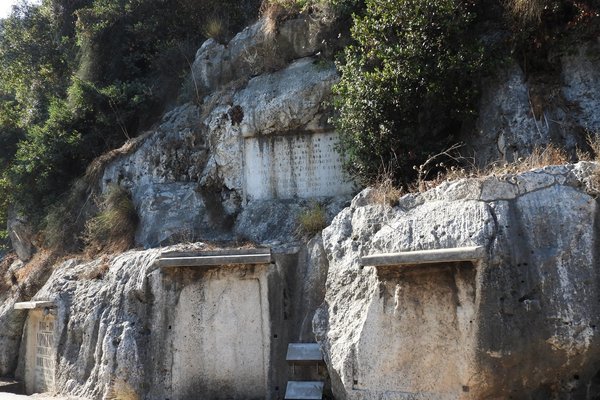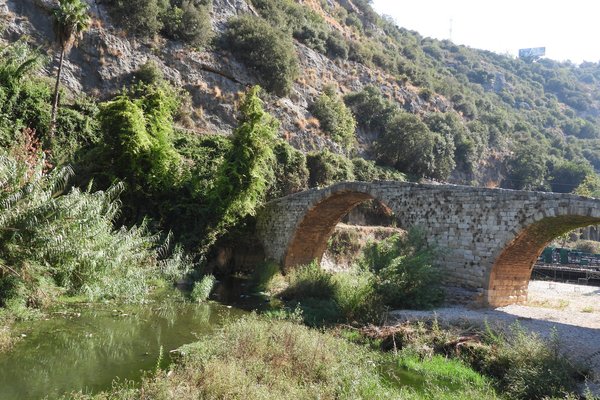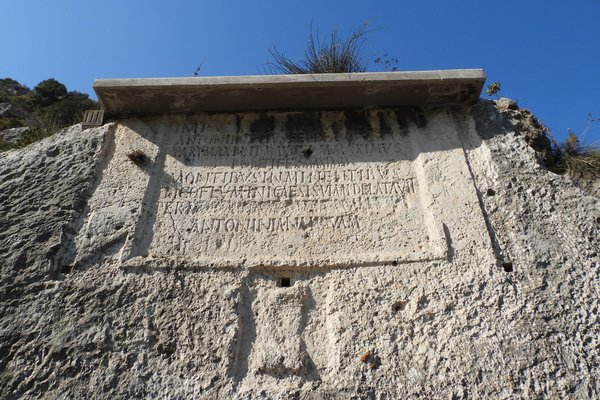Lebanon
Nahr el-Kalb
The archaeological site of Nahr el-Kalb comprises some 20 commemorative stelae with inscriptions on a strategically located rock massif.
They are as old as the Egyptian period, and have continued til the 20th century with statements about events in Lebanon. They are written in different languages. The site has also been inscribed on the Memory of the World Register.
Site Info
Official Information
- Full Name
- Le site archeologique de Nahr el-Kalb (ID: 6433)
- Country
- Lebanon
- Status
-
On tentative list 2019
Site history
History of Nahr el-Kalb
- 2019: Added to Tentative List
- Added to tentative list
- Type
- Cultural
- Criteria
Links
- UNESCO
- whc.unesco.org
All Links
UNESCO.org
- whc.unesco.org — whc.unesco.org
Community Information
- Community Category
- Secular structure: Memorials and Monuments
Travel Information
Recent Connections
News
No news.
Community Reviews
Show full reviews
The commemorative stelae of Nahr el-Kalb have always fascinated me, although this quirky site probably already has earned enough international recognition by its inscription in the Memory of the World Register (2005). I also saw such a passage in Saudi Arabia, at Jabel Ikmah, with more than 300 historically significant carved inscriptions in different scripts by different civilisations passing through. Nahr El-Kalb is definitely more “Lebanese”, a bit chaotic, commemorating various foreign invaders that marked the difficult passage of this natural obstacle on the Lebanese coast and political influencers that just wanted to make a statement.
The site lies just off the main highway between Beirut and Tripoli. The turnoff is signposted, and the cliff with the stelae and inscriptions starts right there: so you have to be careful where you park and where you walk while taking pictures, as many cars will come around the corner at high speed. It is good to bring your own map to see which inscription is where, as there is little information on site. I have added the most appealing ones as Points of Interest to our map.
We parked right in front of the Napoleon III stele; it is the easiest to recognize as well. It dates from his 1860–61 intervention in Lebanon. To the left of it are two very old neo-Assyrian ones – the script here is faded, but the distinctive relief depicting a person can still be seen. There’s no chronological order among the inscriptions; people just used …
Keep reading 0 comments


